Games and the Military
ENIAC (Electronic Numerical Integrator and Computer)
Completed in 1945 by the US military, the ENIAC was the first programmable digital computer and was used to calculate the detonation of the hydrogen bomb. The six programmers were Kay McNulty, Betty Jennings, Betty Snyder, Marlyn Wescoff, Fran Bilas and Ruth Lichterman.
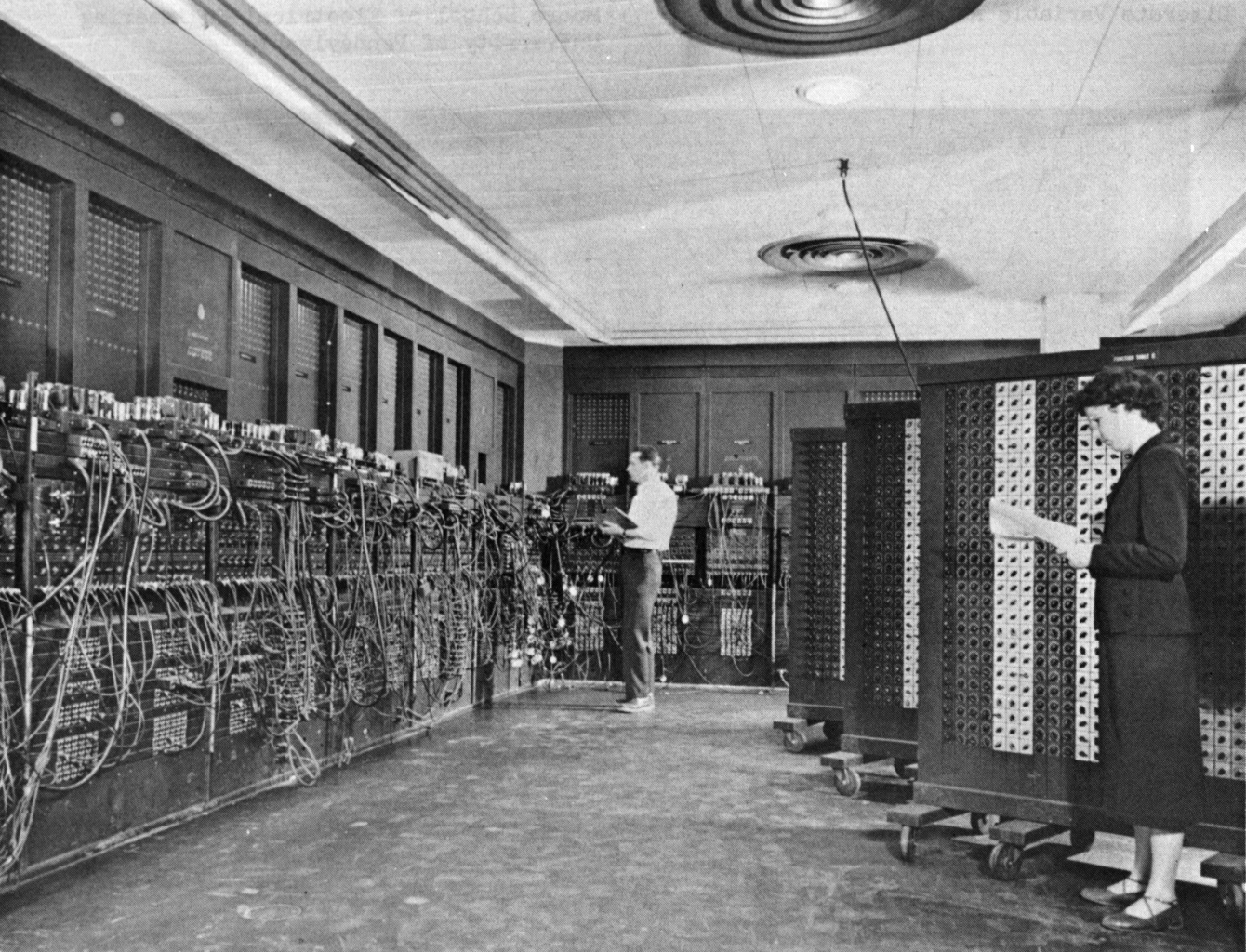
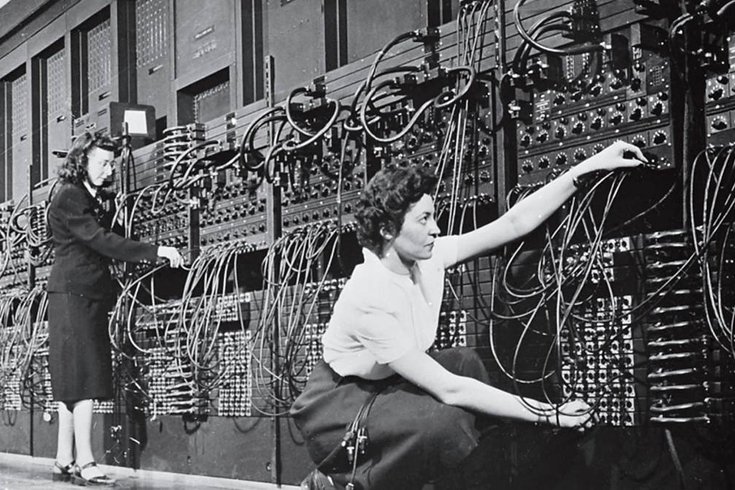
Intergalactic Computer Network

In the early 1960s, J.C.R. Licklider envisioned the hypothetical Intergalactic Computer Network as a way to share information and ideas throughout the world. This directly led to the development of the ARPANET in the late 1960s.
ARPANET (Advanced Research Projects Agency Network)
Created by the Department of Defense, along with the NPL network in England, it was an early packet switching network and the first to implement the TCP/IP Protocol.
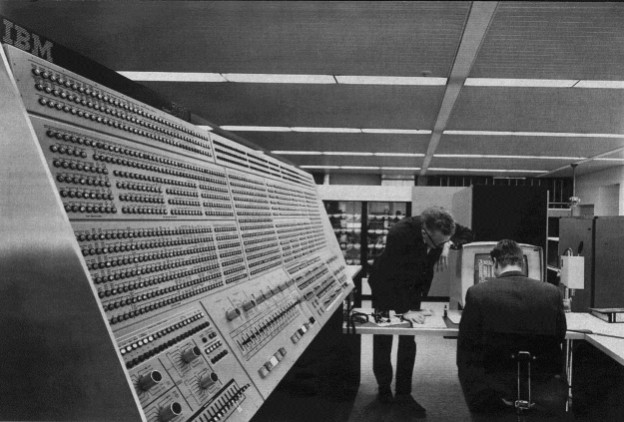
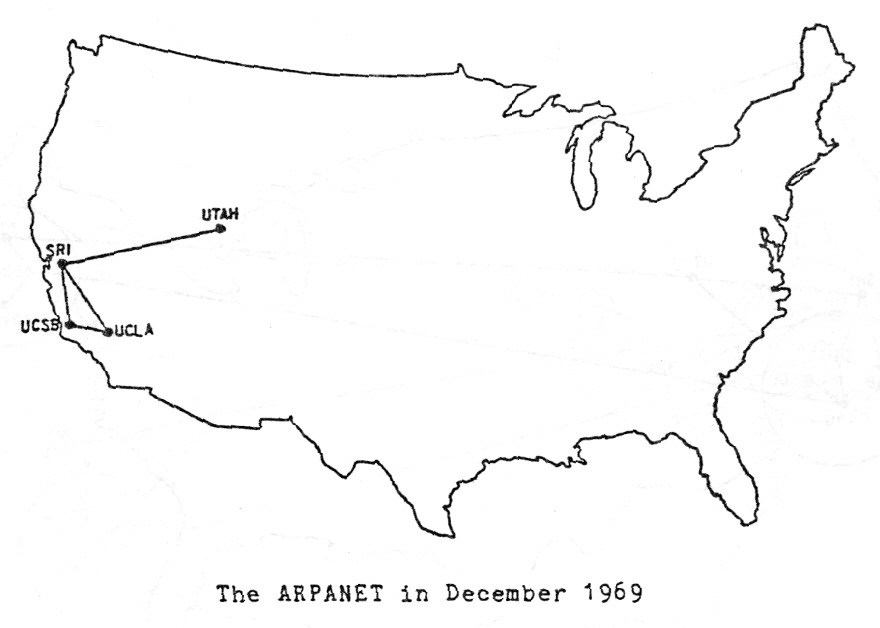
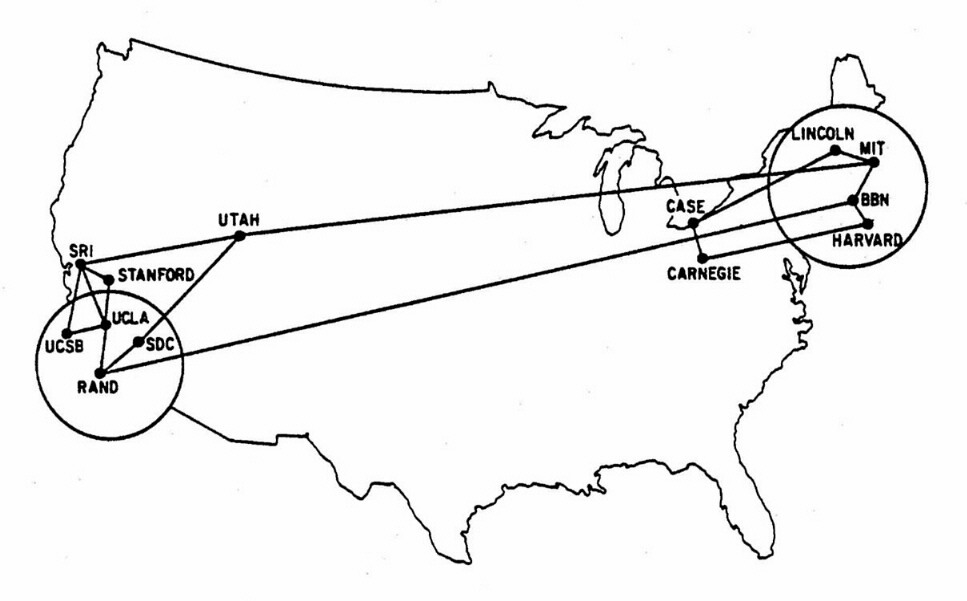
1970
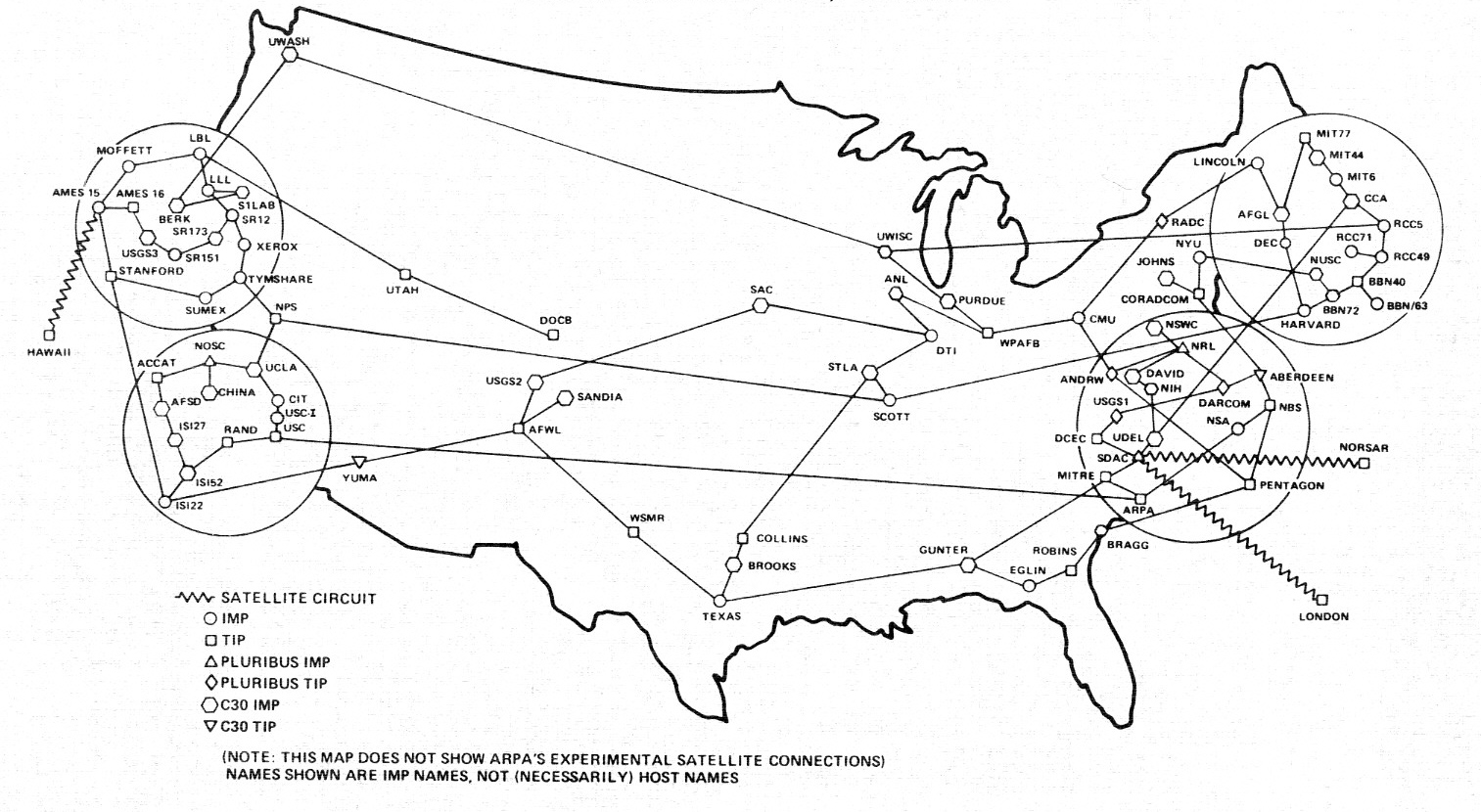
1982
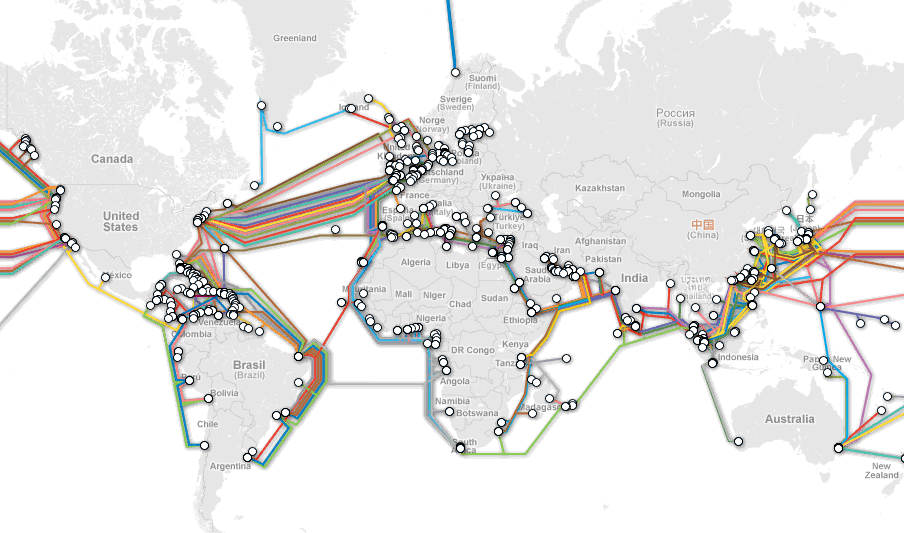 Submarine Cable Map
Submarine Cable Map
WWW
The World Wide Web isn't the Internet, but rather one way we can use the Internet. The Internet is used in other ways, such as video chat, email applications, BitTorrtent, etc.
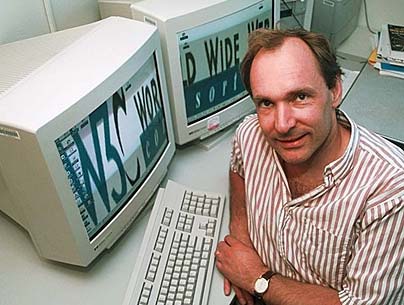
In 1989 while at CERN, Tim Berners-Lee created HTTP (Hypertext Transfer Protocol) and applications that could read HTML (Hypertext Markup Language). He also went on to form the World Wide Web Consortium (W3C) in fears that corporations would try to monetize the growing popularity of the WWW and HTML. This group still develops the open standardization of the web.
GPS

GPS (Global Positioning System) was developed by the US goverment in 1973 and is still maintained by it. It was opened up to civilian use in the 1980s.
War Games
The first video game ever was a simple military simulation called Spacewar! developed in 1962. This was an early example of share-ware too, as it spread to universities all over the country.
It also changed the way we think about how we use computers. Up until that time, computers were thought to be only useable as calculating machines, but "Spacewar! wasn't exciting because of its technology; it was exciting because it introduced a whole new way of thinking about computers – namely, that they could be sources of pleasure." Mead, pg 17
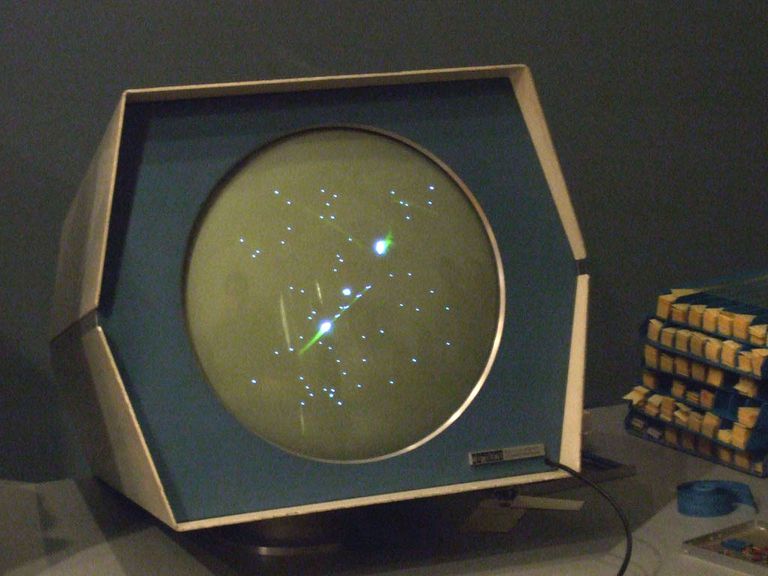
You can play an online version of Spacewar! here.
Around the late 70s, early 80s, the military was looking to video games developed by the entertainment industry as training devices because it was much less expensive for them to use, rather than developing their own game. Battlezone was an early example of the first person shooter and the military asked Atari to build a modified version of the game, although no game actually was developed.
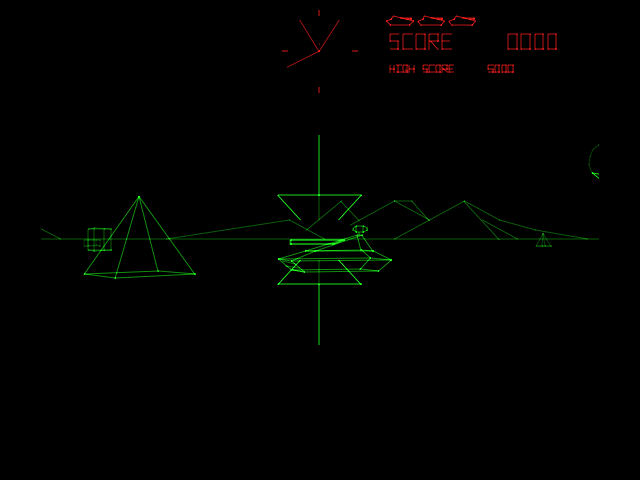
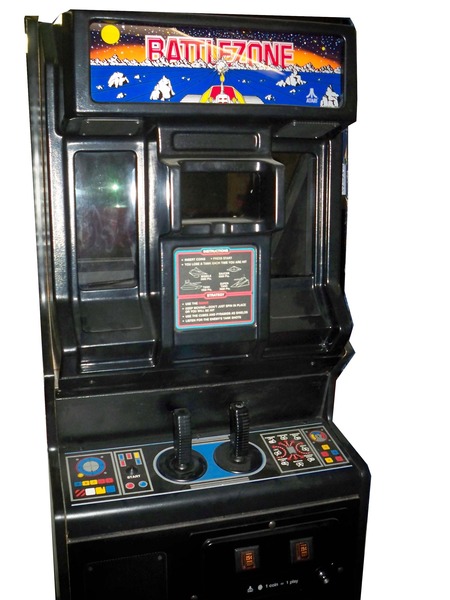
You can play an online version of Battlezone here.
Around this time the military also developed SIMNET, a distributed network that hosted digital combat simulators to train soldiers. The military collaborated with Disney engineers to develop a virtual reality simulator on the SIMNET to train soldiers on how to launch a precursor to drones, the FOG-M (Fiber Optic Guided Missile)
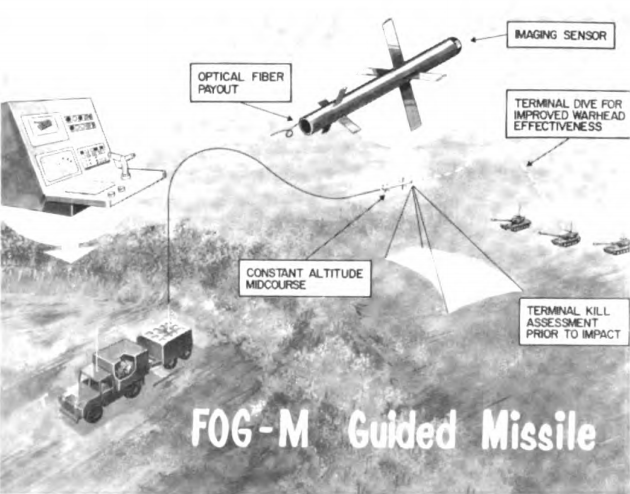
Games about drone warfare:

Unmanned by Molleindustria, 2012

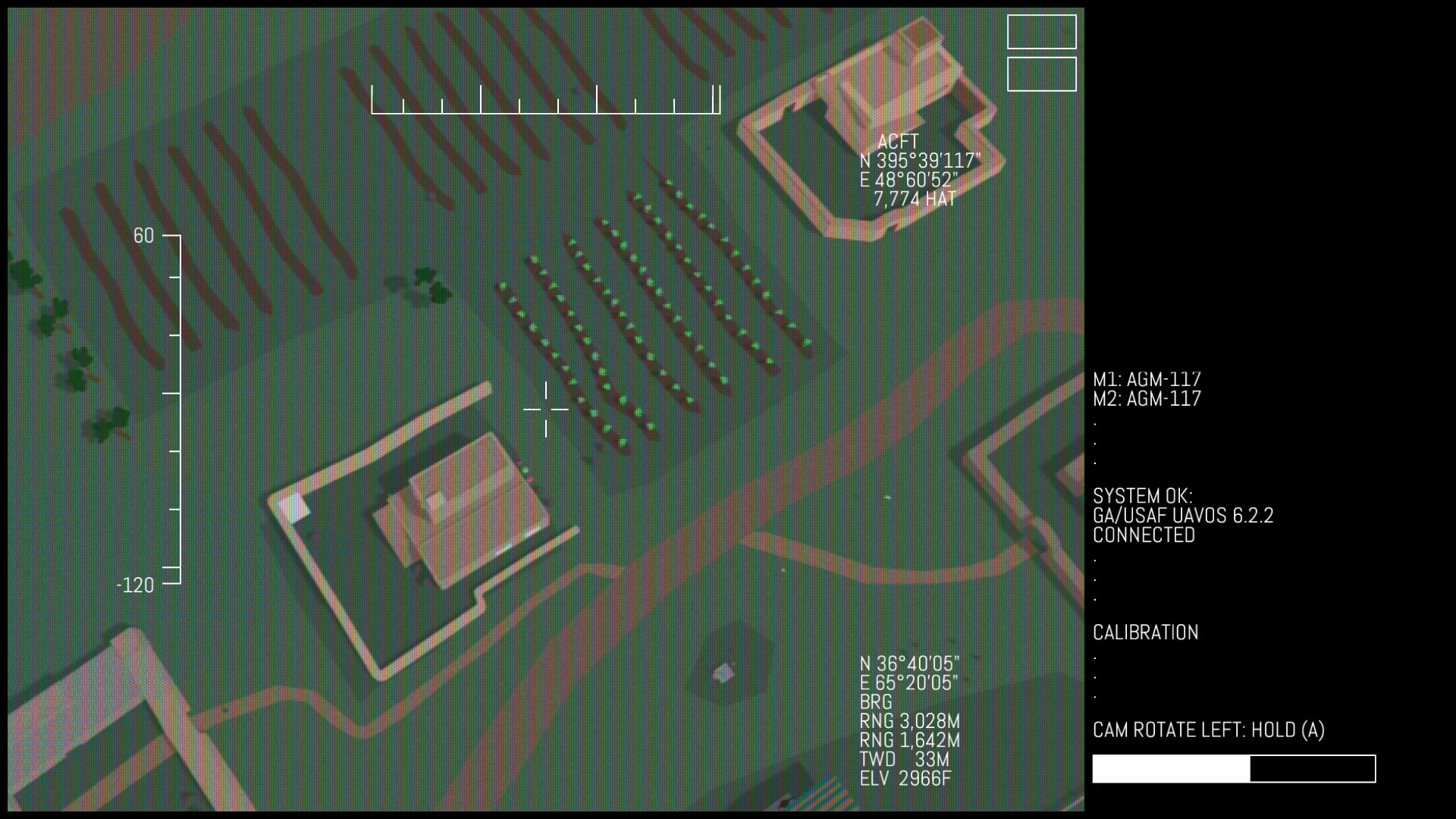
Killbox by Biome Collective, 2016
The Warfare May Be Remote But The Trauma Is Real by Sarah McCammon
In the 90s, the first shooter Doom exploded and the military took interest in it as a training game. They hacked Doom to be a fire-team simulator, got rid of the aliens and replaced them with soldiers and called it Marine Doom. This was the beginning of the military’s reliance on the entertainment industry: "No Longer could it [military] underwrite defense contractors' R&D and acquisitions on an unlimited basis; instead the Pentagon had to rely on what are known as 'commercial off-the-shelf' technologies – technologies that already exist and that have been developed by commercial industry." Mead, pg.23

The Army Experience Center in the Franklin Mills Mall in Philadelphia, next to a skate park.
America's Army is finally closing for good.
Modern Pacifism by Kent Sheely
Sheely created an entire series of these pacifist gameplays.
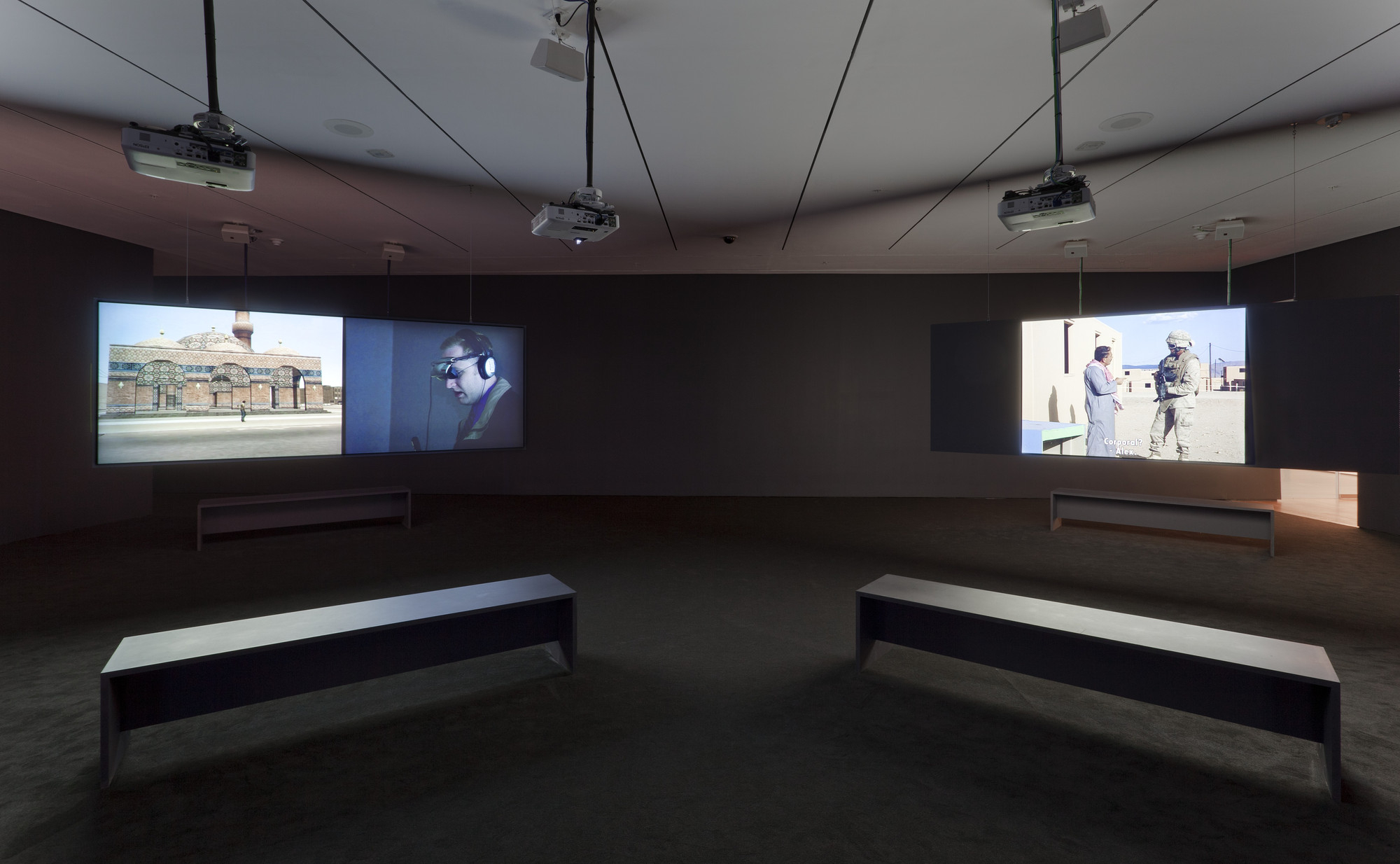
Serious Games by Harun Farocki
Harun Farocki was a filmmaker who researched the overlapping and complicated relationships between consumerism, technology and war. Serious games looks at how the military uses games to train soldiers and treat them for PTSD after their deployment.